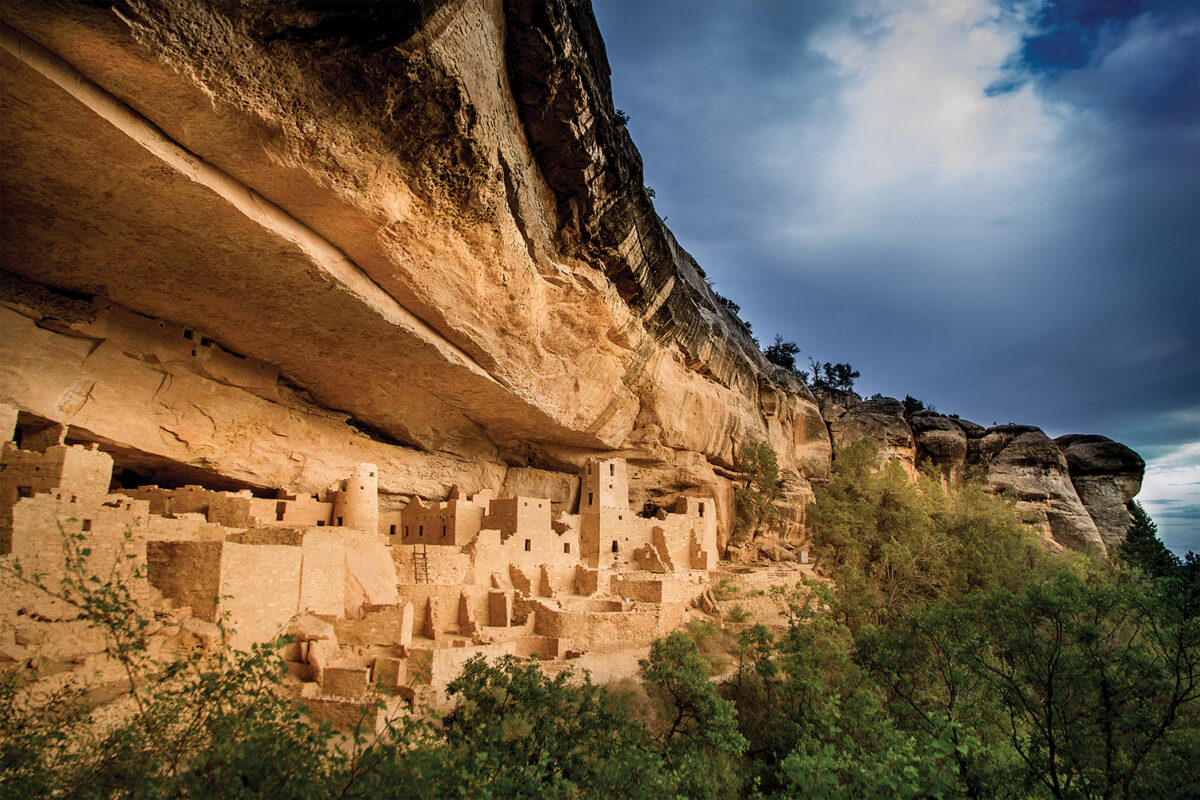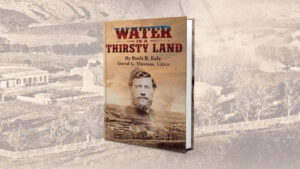The view is spectacular from the ancient cliffside villages in the Southwest’s Four Corners region—chiseled canyons; orange, coral, and copper sandstone; desert flora; a sky that stretches forever.
But this view was just a bonus for the Pueblo ancestors who constructed these dwellings not far from the point where Arizona, Colorado, Utah, and New Mexico meet. No one’s sure quite why the Ancestral Pueblos decided to build these houses in cliffside alcoves instead of on the ground. Theories include: the apartment-like clusters were sheltered from the elements; stored food was safer here from animals; and the ground below was freed up for planting. Then there was security from enemies. Gene S. Stuart, a writer with an exploration party for National Geographic, summed up the obvious defensive advantage: “One toddler with a long-stemmed lily could have held me at bay.”
The Ancestral Pueblos started settling into different pueblos (Spanish for “villages”) in the region around 900 CE, a time of increased rainfall in the desert that promoted their transformation from hunter-gatherers into farmers. Pueblos at Chaco Canyon, Mesa Verde, Betatakin, and Keet Seel featured as many as hundreds of rooms that could house thousands.
The people may have concentrated their homes like this for the sake of easier trade or to form tight religious communities. The largest Pueblos had dozens of kivas, circular rooms where ceremonies were held. It may have been religious leaders who were able to persuade the residents to build the multistory sandstone structures, staircases, roads, and the reservoirs and canals that managed water to make the dry environment livable.
Eventually drought won out. By about 1300, lack of water had forced the inhabitants to flee Four Corners for more habitable locations. The ruins they left behind remain here due in large part to the Antiquities Act of 1906, which banned unauthorized digging on federal and Native American lands. Regional authorities acted quickly after that to establish cliff dwelling locations as protected places.
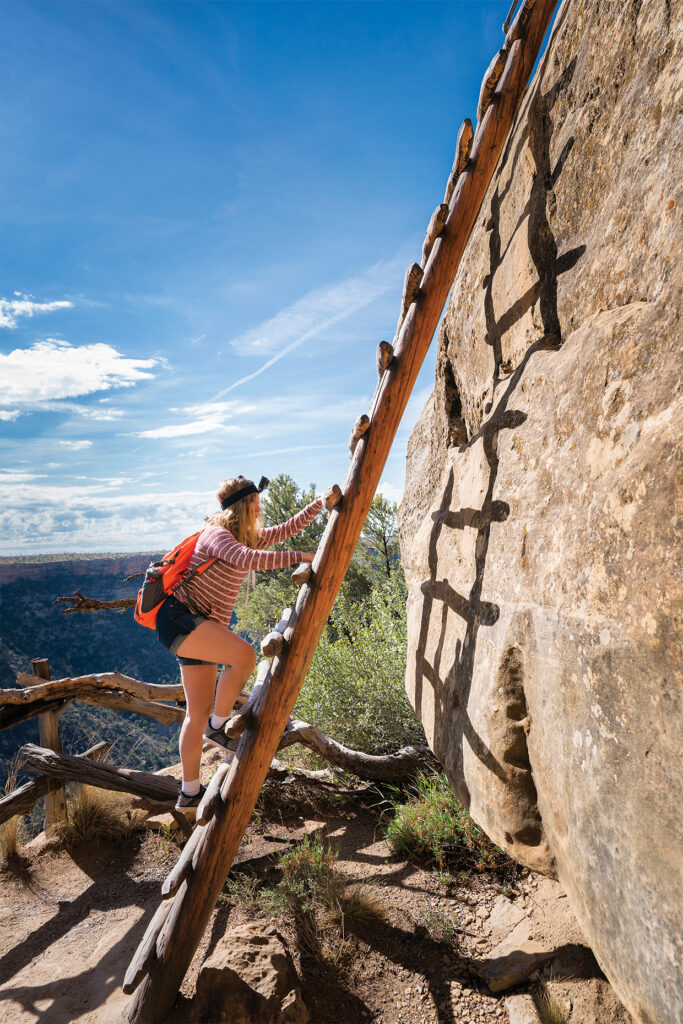
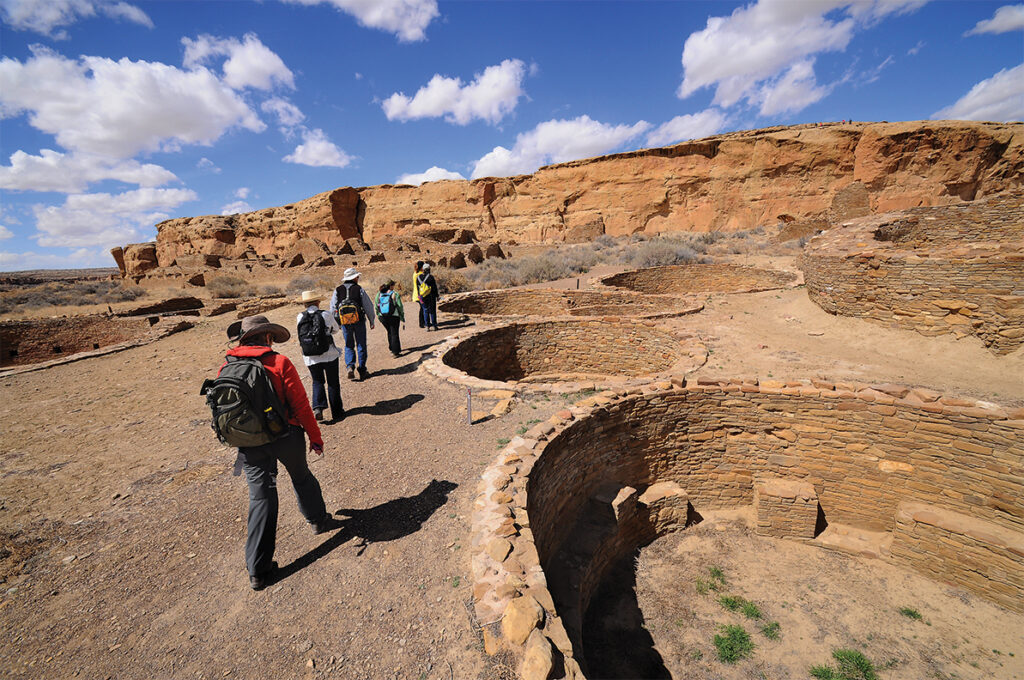
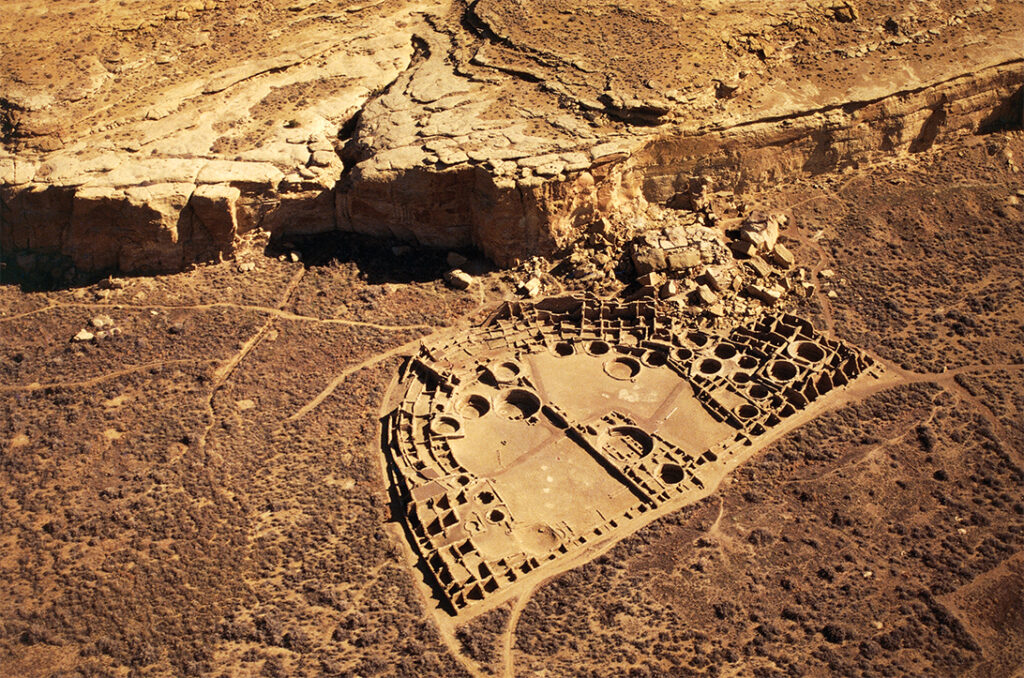
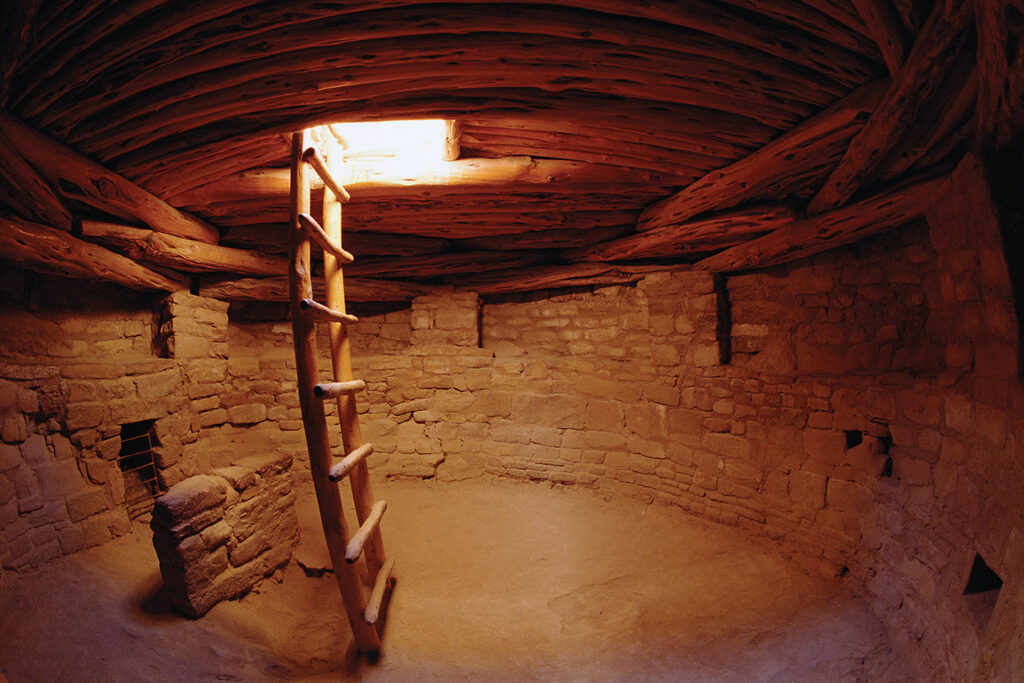
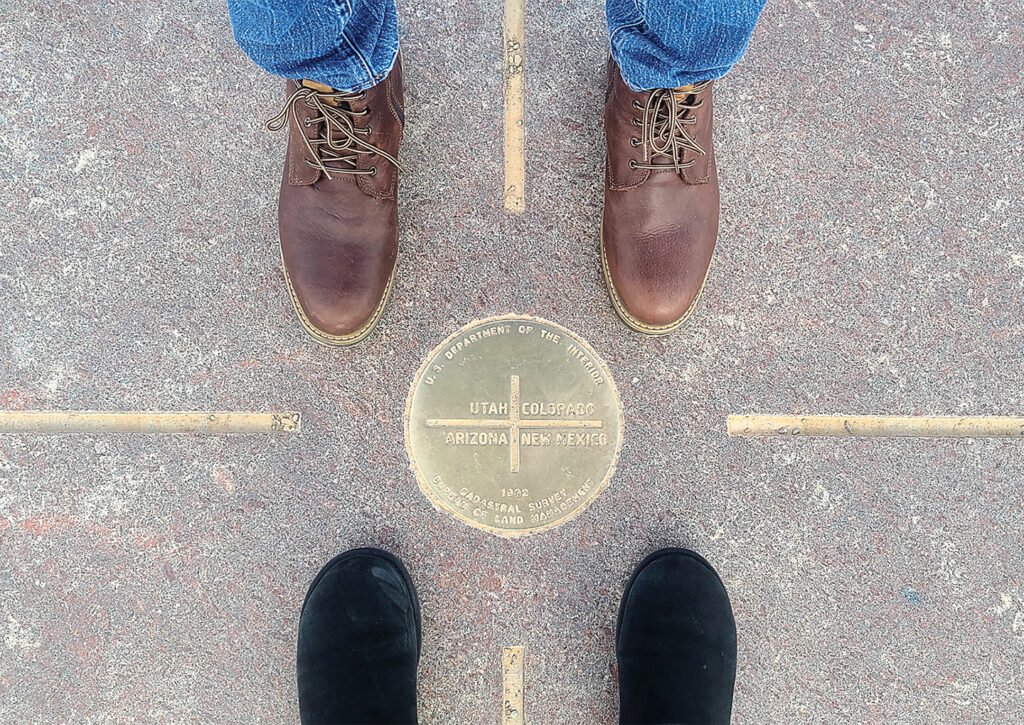
This story appeared in the 2024 Winter issue of American History magazine.
historynet magazines
Our 9 best-selling history titles feature in-depth storytelling and iconic imagery to engage and inform on the people, the wars, and the events that shaped America and the world.


